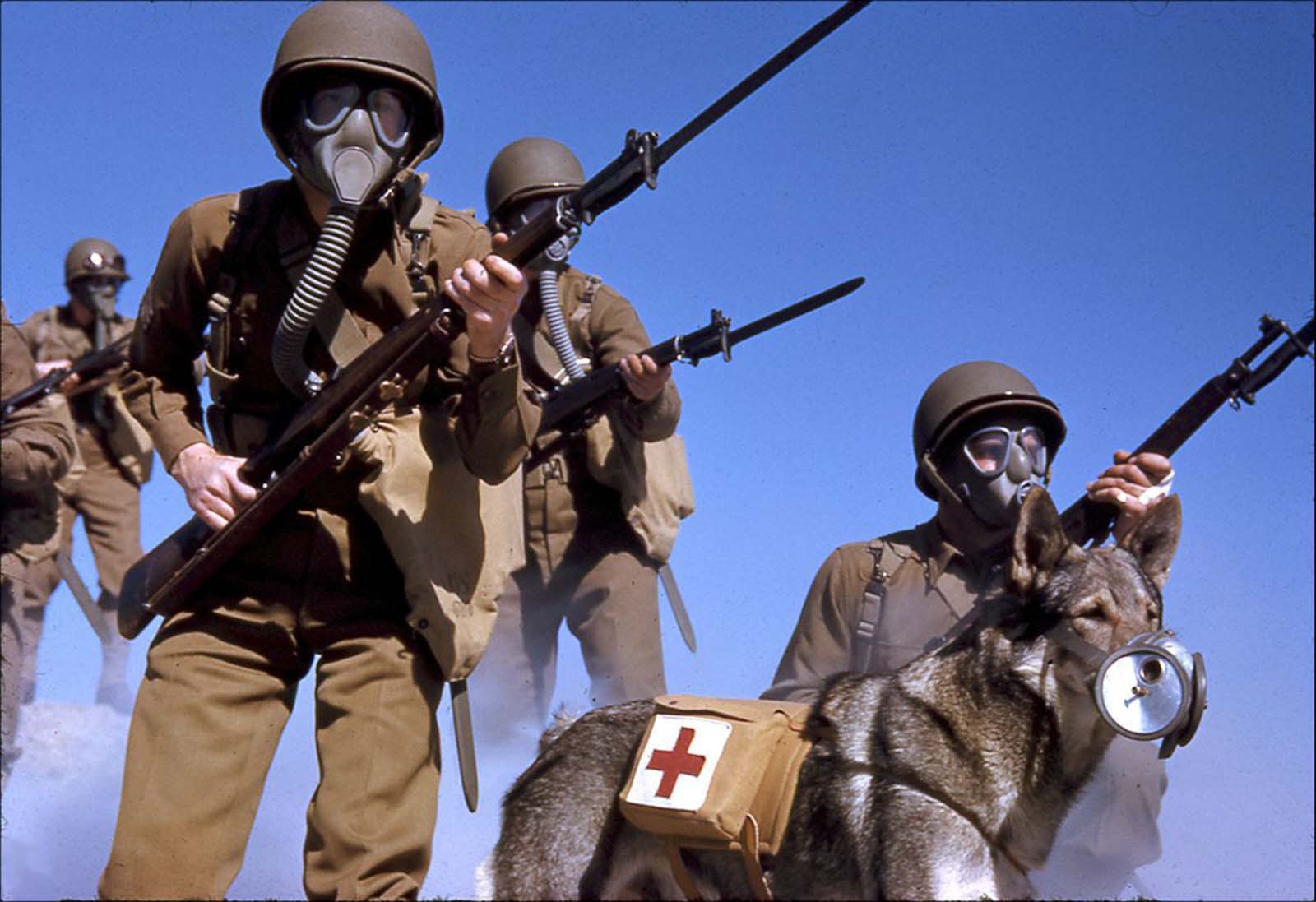

The E12R8 used a single E32R11 filterĬartridge that was fixed to the front of the muzzle piece. Rigid and could be stitched into a shape appropriate for _ Experimentation continued into 1943, until it was found that two masks (the E12R8 and the E43R3) had the most potential.īoth masks were made from coated canvas duck, which was quite The E1R1 was a small mask, made to fit medium to small sized dogs of approximately 50-60 pounds. Two circular eye pieces were positioned on either side of the leather head piece to allow for sufficient vision. Leather straps were used like belts to tighten the mask around the dog's neck, creating a gas tight seal. It consisted of a muzzle piece constructed of six layers of impregnated cheesecloth and a head piece made from leather that covered the dog's head, ears and part of the dog's neck. The E1R1 Dog Gas Mask (see below) was a strictly experimental mask, assembled to illustrate the concept of a protective respirator for canines. And in the US, an early attempt to provide dogs with a protective mask was made in 1926. During WWI, very rudimentary dog gas masks were made by several countries. Because of their many uses during wartime, gas masks were needed to protect dogs as well as their human counterparts. For the US military, the German Shepherd was typically the dog of choice, and was used for patrol duty, scouting, anti-sabotage duty, message delivery and even sometimes mine detection. And dogs in particular had various integral roles during the war. _During WWII many countries developed gas masks for animals. The Development of the US Army Dog Gas Mask


 0 kommentar(er)
0 kommentar(er)
